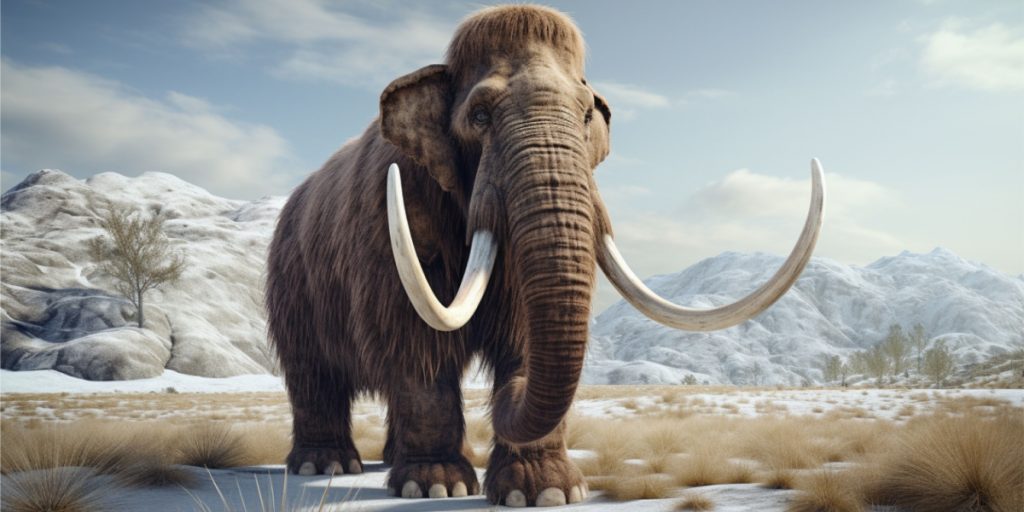In an ambitious venture, Colossal Biosciences has announced a significant breakthrough in their project to resurrect the woolly mammoth.
Others are reading now
They have successfully reprogrammed elephant stem cells. This development is a vital step towards achieving their goal of de-extinction and contributing to biodiversity and conservation efforts in the face of the climate crisis.
Ben Lamm, co-founder and CEO of Colossal Biosciences, stated, “The advance is ‘momentous’ as it could unlock several fields of research, including how to make the building blocks for a mammoth baby.”
The company has big plans, which include bringing back the woolly mammoth and the dodo.
“Each step brings us closer to our long-term goals of bringing back this iconic species,” said Lamm. Colossal Biosciences believes it can create a mammoth-like, gene-edited creature through IVF by 2028.
Also read
George Church, a co-founder of Colossal and a Harvard geneticist, pointed out the significance of this breakthrough for conservation efforts, particularly for elephants, which have been difficult to study in laboratory settings.
“Elephants might get the ‘hardest to reprogram’ prize, but learning how to do it anyway will help many other studies, especially on endangered species,” said Church.
The Science Behind the Process
The process of dedifferentiating cells, turning them back into stem cells capable of becoming any type of cell, including bones, hair, and skin, is at the heart of this research. Despite the process working on most species, elephant cells had remained resistant until now.
After adjusting the chemical composition of the dedifferentiation cocktail, Colossal’s scientists have achieved success.
“We knew when we set out on the woolly mammoth de-extinction project that it would be challenging, but we’ve always had the best team on the planet focused on the task at hand,” said Lamm.
Toward Mammoth De-Extinction
One of the immediate goals is to use the developed cells to grow elephant gametes in a dish, as Evan Appleton, team lead, explained. This would circumvent the need to extract them from living elephants, paving the way for creating embryos without direct harvesting.
Vincent Lynch, a developmental biologist not involved with Colossal’s work, commented on the potential of these methods, stating, “The goal, I think, is to turn these iPSCs into sperm and eggs, which would allow for in vitro fertilization and, eventually, surrogacy.”
He acknowledged the complexity of these techniques but remained optimistic about their eventual development.
The project also aims to provide insights into elephant gestation and reproduction, areas that remain largely mysterious due to their complexity.
While the prospect of witnessing baby mammoths remains in the future, this breakthrough in manipulating elephant stem cells marks an important step in the journey towards reviving extinct species.


